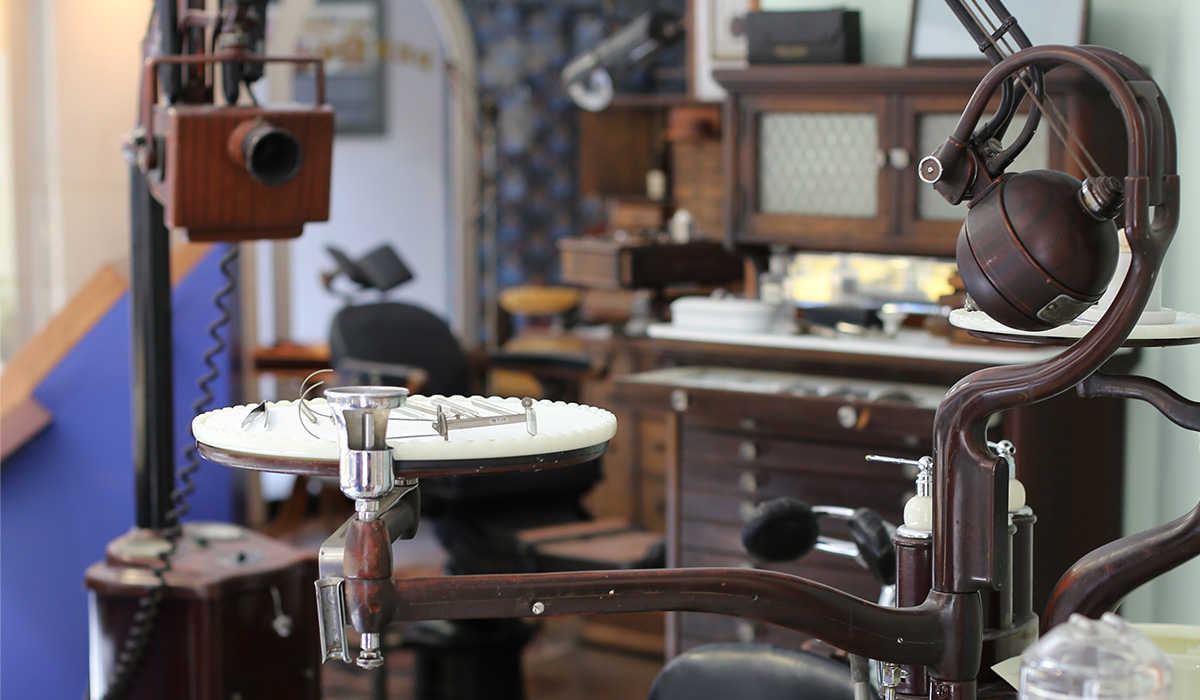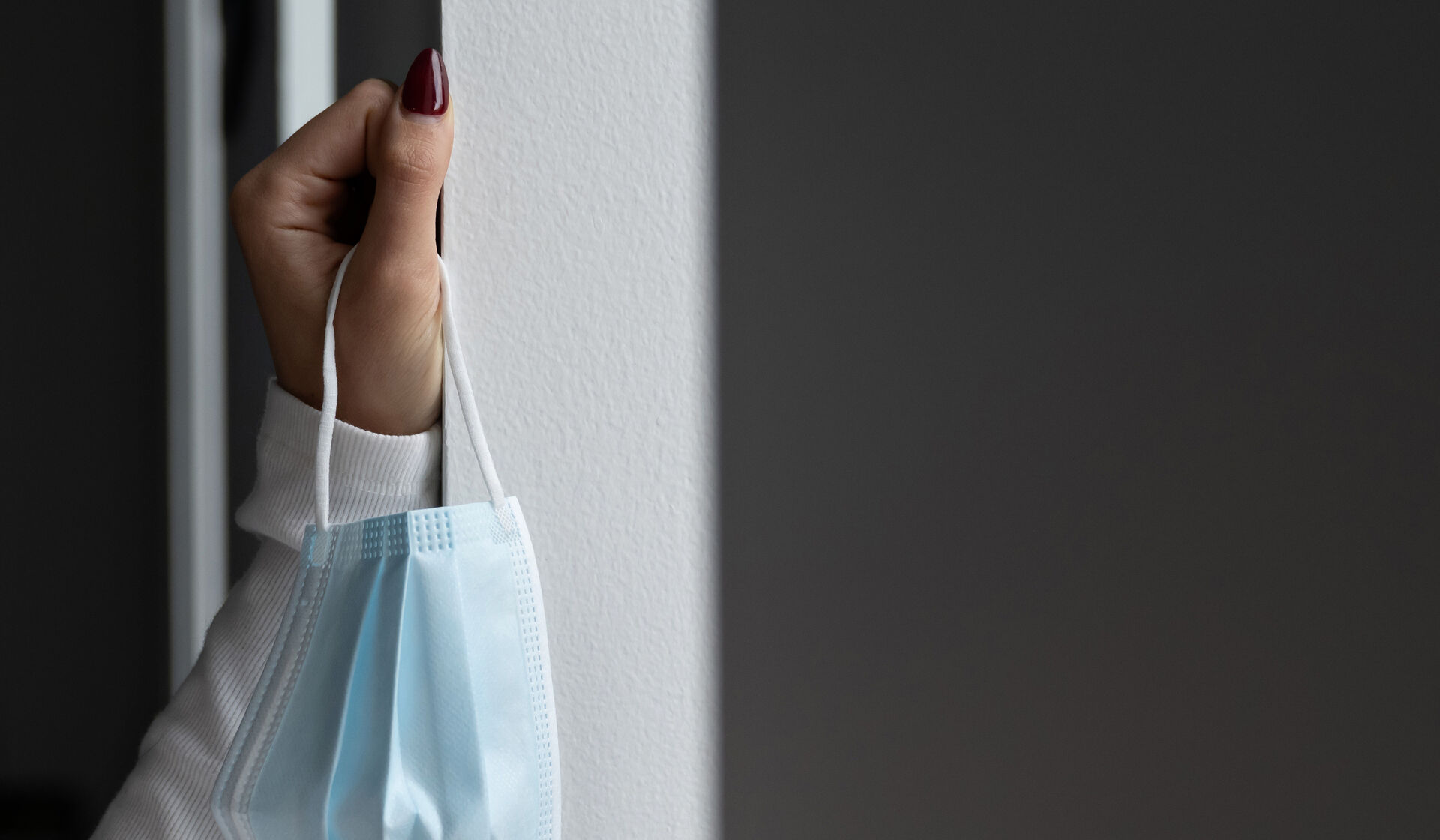Visitors can experience the dramatic evolution of dentistry—a health profession once practiced by blacksmiths, barbers, and quacks—at the Sindecuse Museum of Dentistry, housed in the U-M School of Dentistry. The collection includes more than 15,000 artifacts, including drills, dental chairs, and exotic X-ray devices, as well as advertisements, pamphlets, catalogs, and even artwork and toys.
In 2002, for instance, Mattel released Tooth Fairy Barbie, complete with wings, a glittering dress, and a crown. The collection also contains a tooth fairy pillow, created by alumna Jessica Rickert, DDS’75, and three “mouse tooth boxes” from late-19th century Germany and France; children stored lost teeth in these boxes at night and found gifts from the mouse fairy in the morning. Visitors will find an 18-inch toothbrush used in drugstore displays in the 1940s and the Philips Sonicare electric toothbrush, a 21st century item worth preserving because electric toothbrushes probably will undergo changes.
Although the museum has purchased items and received some on loan, it relies heavily on donations of artifacts. Many come from School of Dentistry alumni; some were created by them. For instance, Gail Wang, DDS’86, made a miniature model of a dental school cubical from the early 1980s. And Albert G. Richards, ’40, MS’43, pioneered X-ray art, primarily of flowers, some of which were used on greeting cards.
The museum itself is the result of a gift from Gordon Sindecuse, DDS1921. “He practiced in Kalamazoo,” curator Tamara Barnes says. “Before his death, he disbursed funds, including $1 million to U-M to start a dental museum. He died in 1991, and the museum opened the following year.”
She adds that a museum documenting dentistry’s history is important today. “Once, courses in the history of dentistry were common in most dental schools,” Barnes says. “Today, they are rare.”
Barnes hopes to acquire more pieces that illustrate changes in technology. Presently, artifacts date from the 1870s, but there are gaps, probably because so many artifacts come from alumni in the United States, especially Michigan. “We have plans to come up with a list of milestones in dentistry and to fill in the gaps,” she says.
The Sindecuse, which celebrates its 30th anniversary this year, also holds exhibits—including “Teeth Transformations: Modifications for Self-Expression,” which opened in June and will be installed for the next two years. The exhibit features dental work “unrelated to health and functionality,” Barnes explains. Over the years and in different parts of the world, people have done everything from whitening teeth to covering upper teeth with a grill of different colors.
The exhibits are designed for the public, and the museum is open to everyone. Patients have stopped on the way to the clinic. Staff and dentists may get a snack at the cafe across the corridor and enjoy it at a table in the museum. Barnes hopes more people will find it.
“It’s right next to the Natural History Museum. We want it to be on people’s radars when they visit Ann Arbor.”
Is there a U-M space that you’d like to learn more about? Email [email protected] with your suggestion





